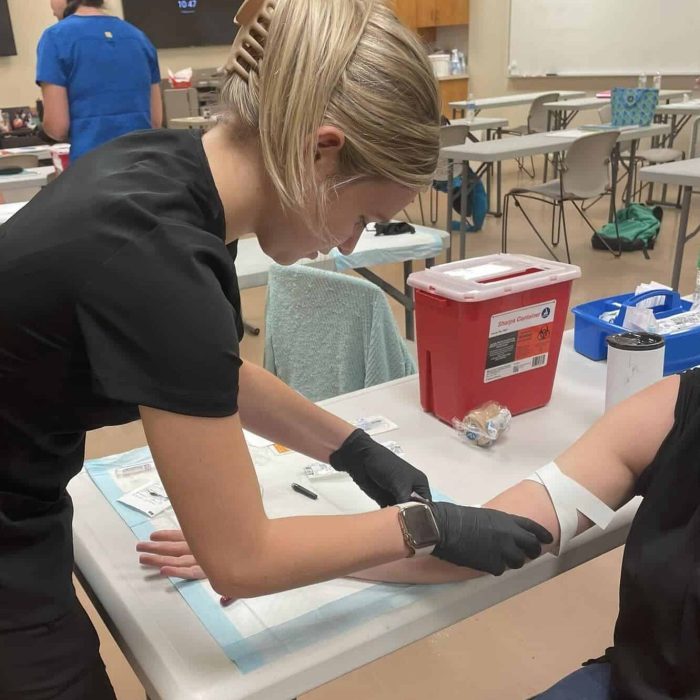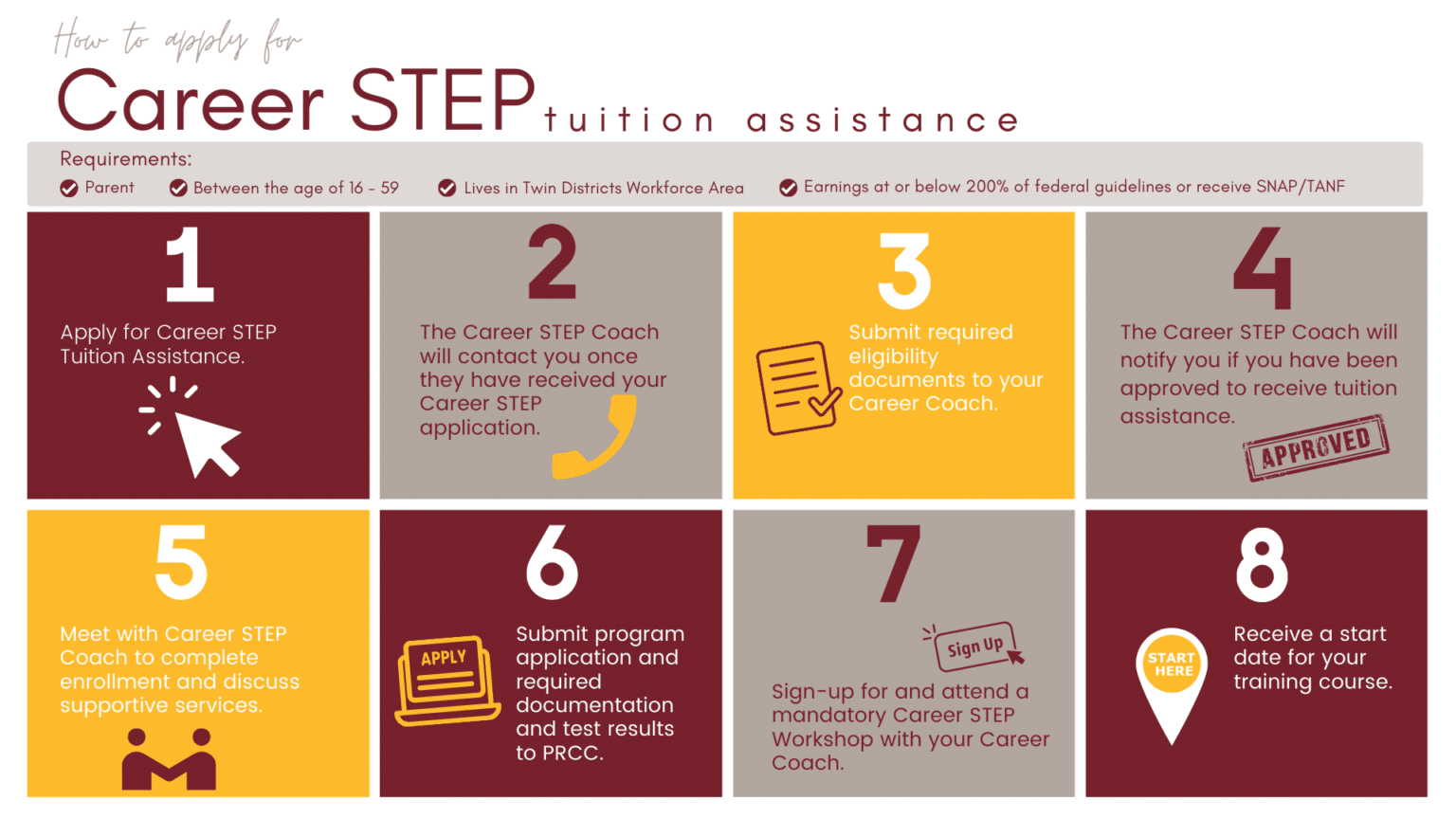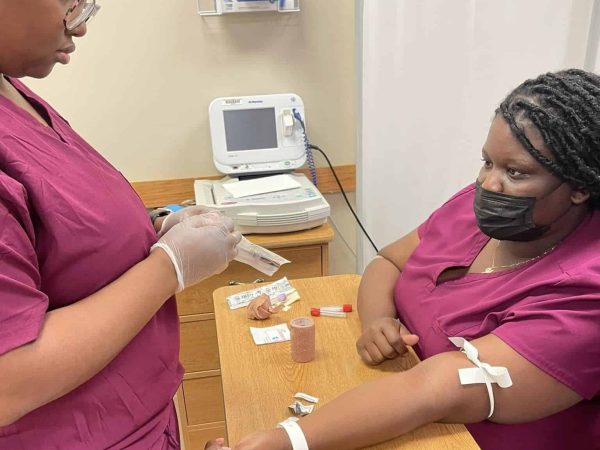About the Phlebotomy Program

The Certified Phlebotomy Technician (CPT) program is designed to teach the technical and procedural aspects of basic phlebotomy required to become a Phlebotomy Technician. The program includes theory and hands-on instruction. The student will demonstrate skill development in the performance of a variety of blood collection methods using proper techniques and standard precautions which includes: vacuum collection devices, butterfly needles, capillary skin puncture, syringes, and specimen collection.
The program will teach students the Foundations of Phlebotomy & Infection Control, Legal Issues in Healthcare, Introduction to Human Anatomy & Physiology, Phlebotomy Equipment & Supplies, Phlebotomy Procedures, and Specimen Handling and Processing. This program is designed for learners who want to advance their careers, or are interested in starting a career in the medical field to become a phlebotomy technician. This is a comprehensive 50-hour program.
Requirements to Enroll:
- High School Diploma/GED/ Equivalency
$500
Program Cost
Assistance Available
Apply for Upcoming Phlebotomy Classes
June 2025 Class:
Dates and Times TBD
July 2025 Class:
Dates and Times TBD
All 2024 Classes Are Full
Location
PRCC Woodall Center
906 Sullivan Drive
Hattiesburg, MS
Ellen Rouse
(601) 554-4646
srouse@prcc.edu

Melissa Hopkins
Career STEP Coach
601 -584-1145
mhopkins@prcc.edu
What does a Phlebotomist do?
Phlebotomy technicians are critical team members in hospitals, diagnostic laboratories and blood donor centers. As new types of tests are developed and laboratory tech positions grow, it’s an especially exciting time to begin a career in this thriving field. Some tasks phlebotomy technicians
may perform include:
- Drawing blood from patients and blood donors
- Evaluating patients’ ability to withstand the procedure and helping them feel comfortable
- Explaining blood-drawing procedure to patients and answering questions
- Performing basic point-of-care testing, such as reading blood glucose levels
- Preparing blood, urine, and other specimens for testing
- Maintaining medical equipment such as needles, test tubes, and blood vials

Job Outlook
According to the Bureau of Labor and Statistics (BLS), employment of phlebotomy technicians is expected to grow 22 percent from 2020 to 2030, much faster than the average for all occupations, which are expected to grow around 8 percent.
About 19,500 openings for phlebotomists are projected each year, on average, over the decade. Many of those openings are expected to result from the need to replace workers who transfer to different occupations or exit the labor force, such as to retire.
Having a nationally accredited certification, like the phlebotomy, can help you stand out. Certification may also be required or preferred for certain job opportunities in the profession.
Click here for more information on the job outlook.
Get more information about this program
Let us know and we will contact you to help you get the answers.


